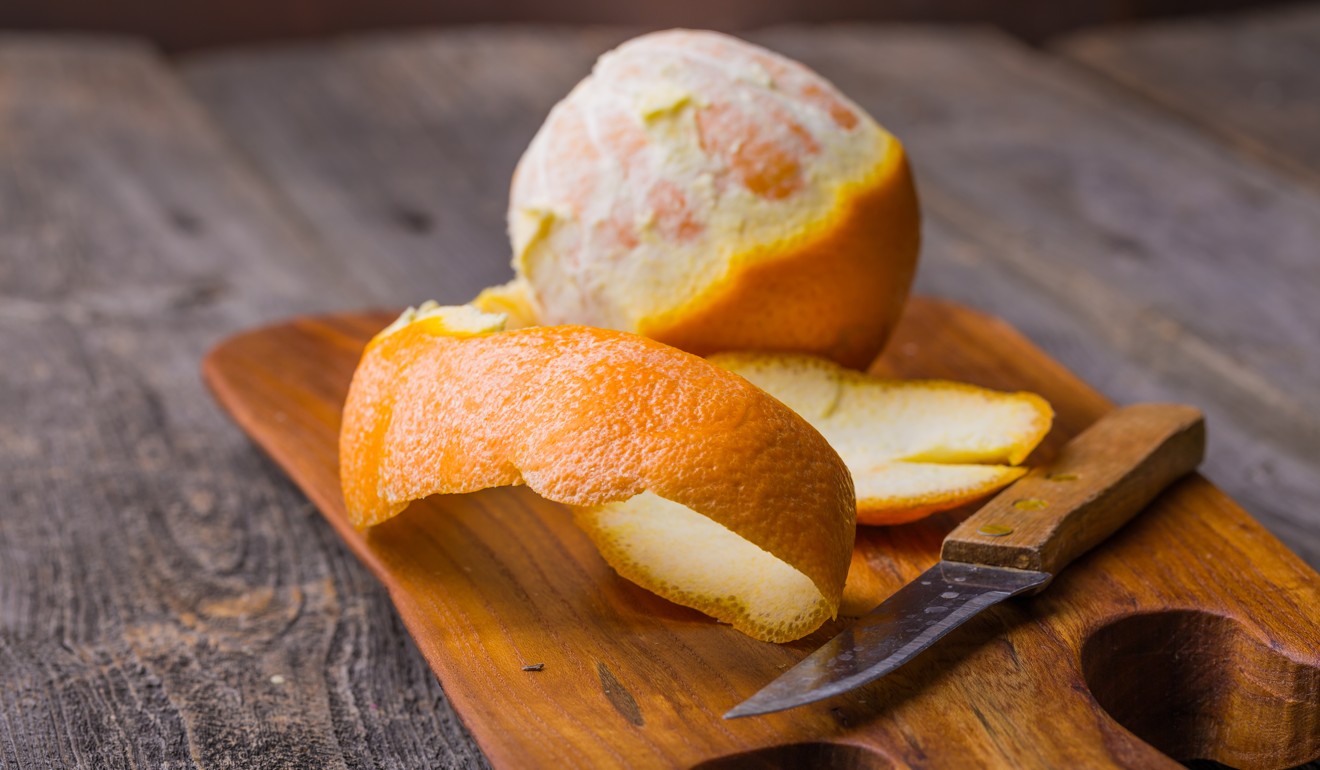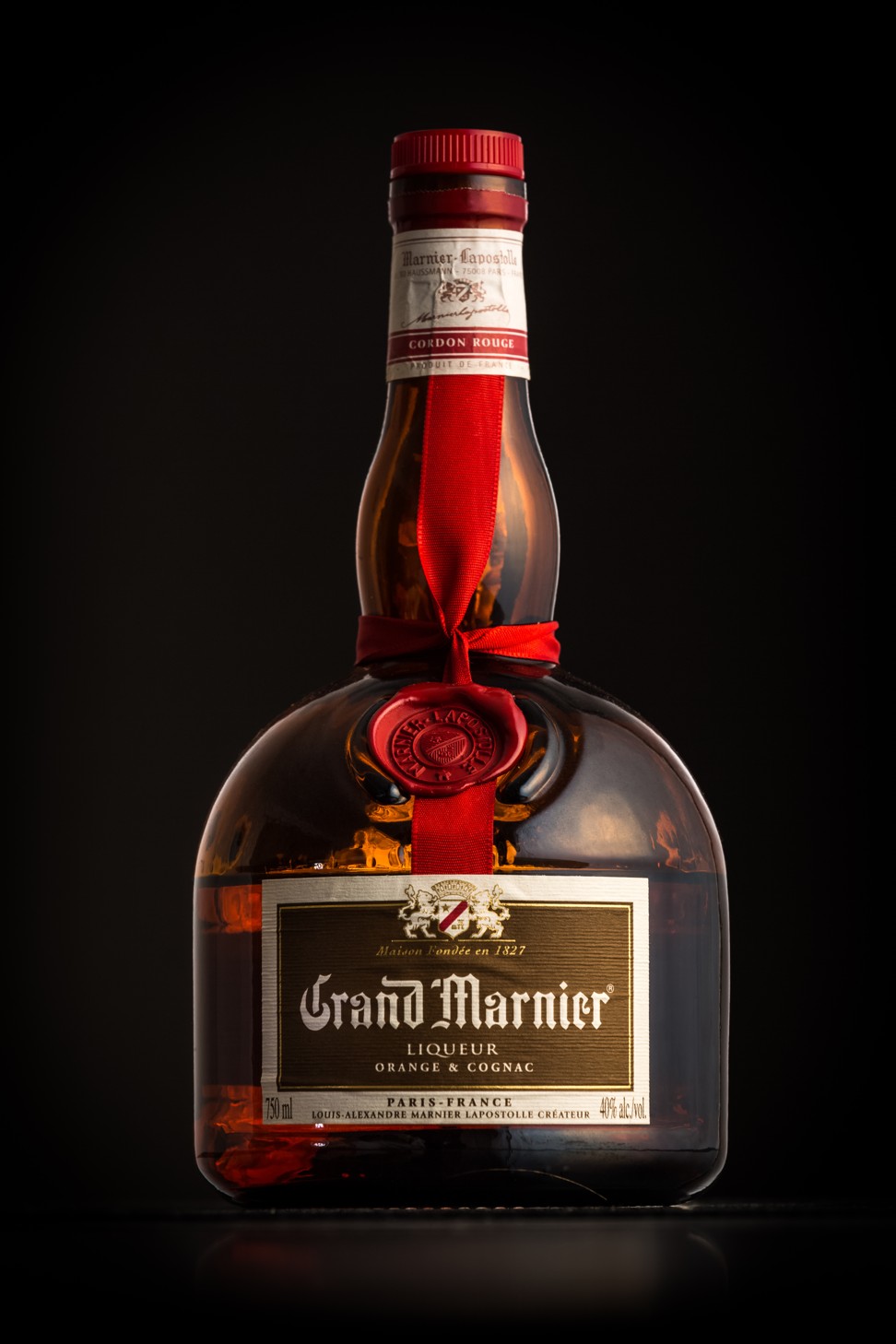
How oranges made their way into our favourite liqueurs, from Cointreau to blue Curaçao
Not just a Chinese symbol of good health or your go-to fruit for a hit of vitamin C, oranges and their peel are essential ingredients in a wide range of citrus-based liqueurs
Oranges were once considered extremely precious. In the 1800s, a gift of an orange at Christmas was like giving someone a taste of the sun in the middle of winter.
The Chinese have a custom of bringing a bag of oranges when visiting a neighbour or friend, and exchanging mandarins during Lunar New Year is symbolic of wishing good health and wealth for the upcoming year.

For the Chinese, each part of an orange is savoured to the fullest. The flesh is considered the best part, but the peel is also used: either dried (chun pei, or dried mandarin peel, is an essential seasoning for many Asian dishes) or preserved in sugar, as in marmalade or jam.
In countries that make liqueurs, citrus peel of all types is soaked with sugar in a spirit.
The most famous of all citrus-based spirits is Grand Marnier, a French cognac-based liqueur. It dates back to the late 1800s, when a family by the name of Lapostolle owned a distillery – called Maison Marnier-Lapostolle – which specialised in fruit liqueurs.

Louis-Alexandre Marnier Lapostolle was inspired to blend cognac with a liqueur distilled from rare (at the time) oranges from the Caribbean. He shared one of his first bottles with his friend César Ritz (the founder of the Ritz hotels), who loved it so much he suggested calling it Grand Marnier, changing it from its original name of Curaçao Marnier.
In addition to being drunk “straight”, the liqueur became an essential ingredient for crêpes Suzette – the quintessential French pancake dish that was created around 1900. Bottles of Grand Marnier were found on the Titanic, which sank in 1912.

Another well-known orange-based liqueur is triple sec, one of the best-known brands is Cointreau. It’s not as heavy as Grand Marnier and is often sipped as an aperitif poured over ice – or drunk as a digestif.
Bar review: Tsuru in Central – artisanal cocktails and great service in a laid-back atmosphere
This style of orange liqueur is called “sec” because the citrus fruits that go into it are dried (sec is the French word for “dry”) before they are distilled in pure alcohol. It is less sweet than other citrus liqueurs. The “triple” comes both from it being triple-distilled and because it is made from several types of citrus fruits – both sweet and bitter oranges.
Then, of course, there’s orange Curaçao. This is essentially made using the same process as triple sec, but originally it used a special bitter orange called the laraha from the Caribbean island of Curaçao in the Dutch Antilles.
It was first made by Bols, a Dutch liqueur company that continues to produce it (when exactly it was created is up to debate), in addition to gins, vodkas, and other fruit and spice liqueurs. Today, a real Curaçao liqueur – one that still uses the same laraha oranges – is made by a company called Senior.
Why fans of single malts shouldn’t dismiss blended whiskies
And what of blue Curaçao? That’s just blue food colouring added to an ordinary triple sec to make it look more interesting in cocktails. Some versions are lighter in alcohol and have more sugar. But beware! Drinking more than one cocktail made with this colourful ingredient may stain your tongue blue – just like eating too many popsicles.

